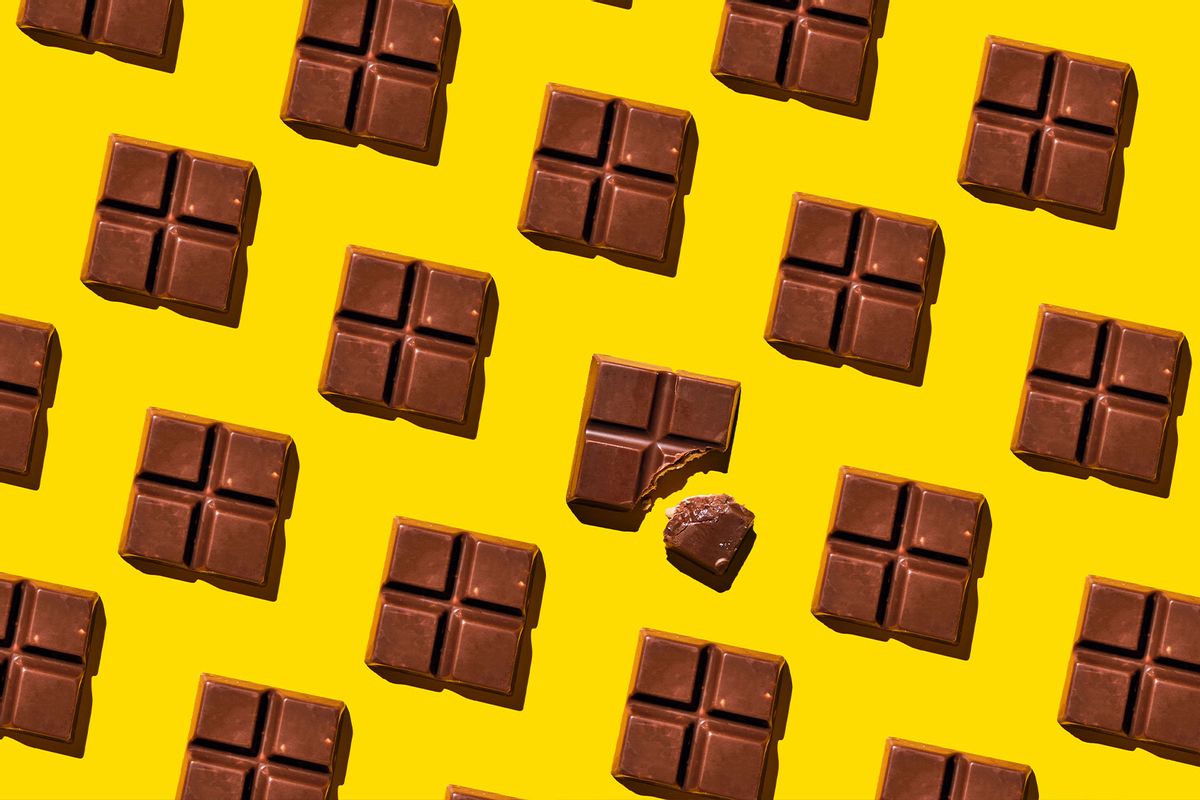Valentine’s Day and chocolate — they simply go hand in hand. In recent years, the confection has been regarded as the symbol of affection with stores and major retailers selling them by the box. But in its earliest iteration, chocolate carried a completely different meaning. In fact, it was the antithesis of romance. It wasn’t until the 1860s when chocolate became synonymous with Valentine’s Day thanks to one British chocolatier.
Chocolate itself first began as Xocolatl, or “bitter water,” a spiced drink made from ground cacao beans, chiles and spices that originated with the Aztecs and Mayans. Xocolatl “was mostly an upper-class extravagance, although the lower classes enjoyed it occasionally at weddings or other celebrations,” according to History. Aztec ruler Montezuma II allegedly drank copious amounts of Xocolatl for energy and as an aphrodisiac, the outlet added. Despite his great love for Aztec chocolate, he still managed to share some of his cacao beans with his military.
In Aztec culture, cacao beans were believed to be a gift from the gods. The beans were also regarded as the highest form of currency, even more valuable than gold, and used to purchase food and various goods.
By the 1600s, European explorers discovered cacao beans and adopted the beverage as their own. It’s unclear who introduced chocolate in Europe first, although most historical accounts agree that it initially arrived in Spain. Some claim Christopher Columbus learned of cacao beans on his fourth voyage to the Americas and brought them back to Spain in 1502. Others credit Spanish conquistador Hernan Cortes, who got a taste of chocolate after being served Xocolatl by Montezuma himself. A few accounts say friars who presented Guatemalan Mayans to Philip II of Spain in 1544 also gifted him cacao beans.
Chocolate eventually made its way to Italy, France and England where it was exclusively enjoyed by the ruling class. That’s because Europeans enjoyed their cacao sweetened and sugar “was a luxury, an expensive treat for the lucky few who could afford it,” Megan Giller, founder of Chocolate Noise and author of “Bean-to-Bar Chocolate: America’s Craft Chocolate Revolution,” told CNN.
By the 19th century, sugar became more accessible and, with it, sweetened cacao. Chocolate, which was once a symbol of power and virility, took on more feminine connotations once women could enjoy it. “The era’s descriptors of femininity — sweetness, triviality, softness and indulgence — all became associated with chocolate,” CNN’s Casey Barber wrote.
We need your help to stay independent
It wasn’t until 1861 when chocolate became a Valentine’s Day staple. British chocolatier Richard Cadbury introduced his “fancy box” in which he packaged his company’s chocolates in heart-shaped boxes. Other chocolate companies soon followed suit, adorning their boxes in silk, satin lace and ribbons. “American chocolate manufacturers were all-in by the 1930s on Valentine’s Day merchandise and advertising that targeted women as the recipients of their sweet designs,” according to CNN.
Want more great food writing and recipes? Subscribe to Salon Food's newsletter, The Bite.
In 1943, Whitman's Chocolate released an advertisement showcasing a soldier giving a box of chocolates to a young woman. Although the ad was made for Easter, it contained a famous tagline, “A woman never forgets the man who remembers.” In the 1920s, Russell Stover released its Secret Lace Heart, a heart-shaped box covered in satin and black lace, along with its Red Foil Heart.
Today, chocolate on Valentine’s Day isn’t just a gift that couples exchange amongst themselves. Boxes of chocolate are given to friends in celebration of Galentine’s Day. It’s also a gift one can give to themselves — a celebration of self love.



Shares